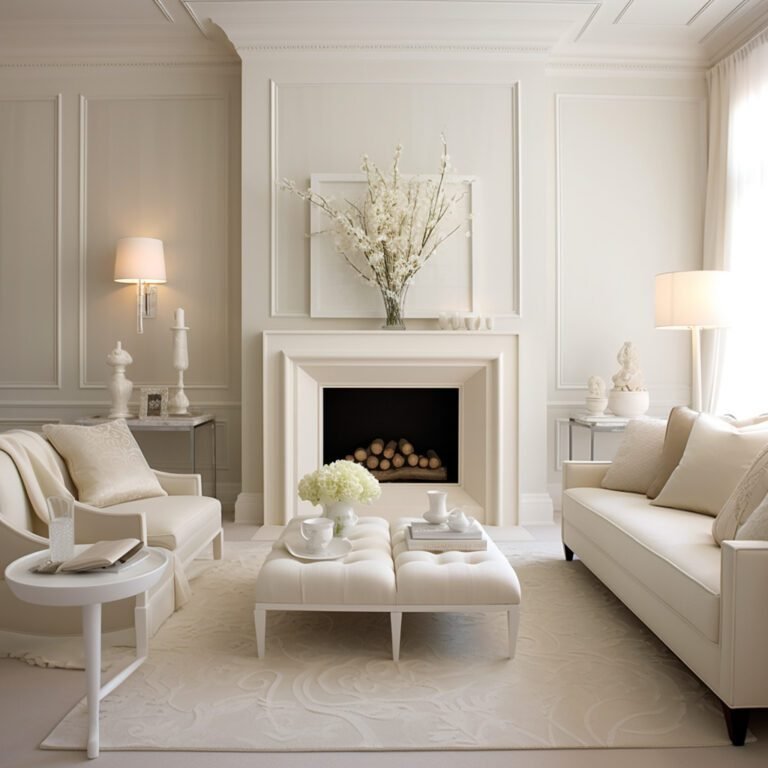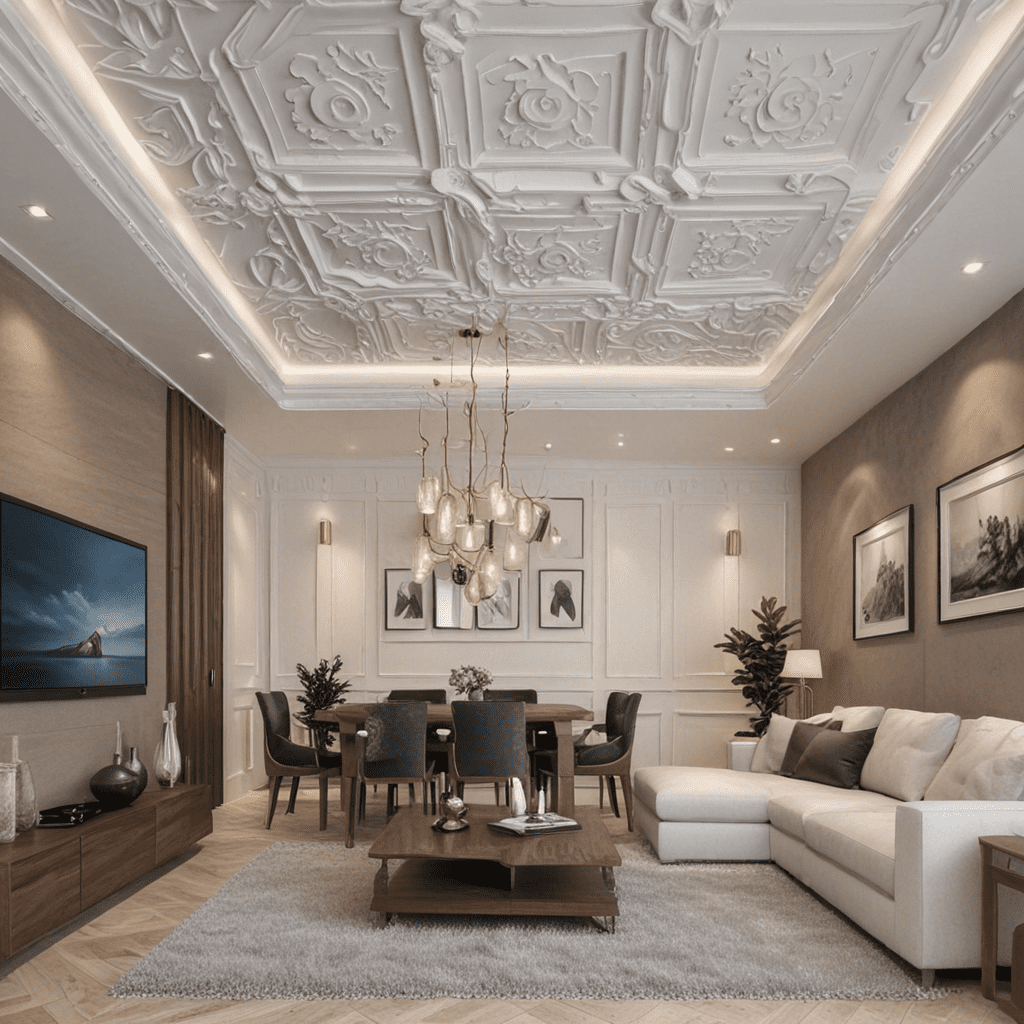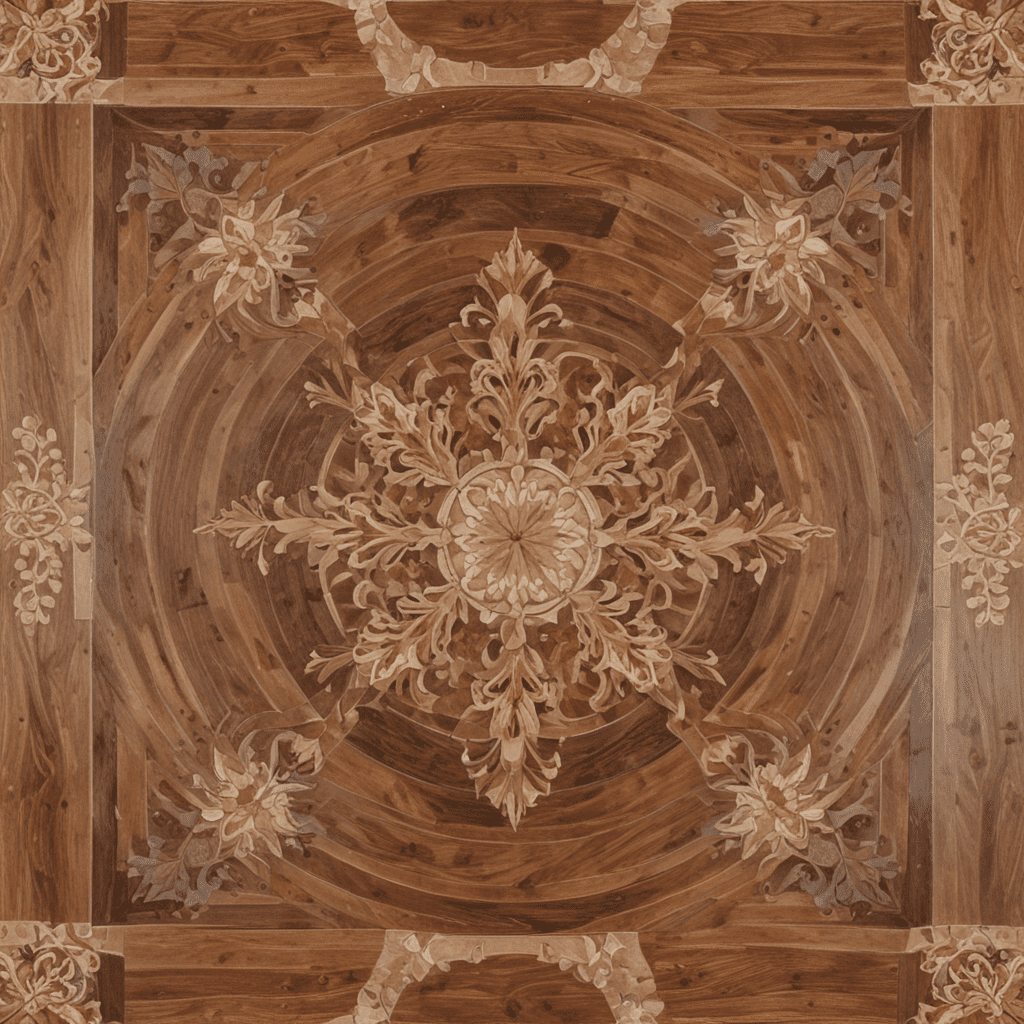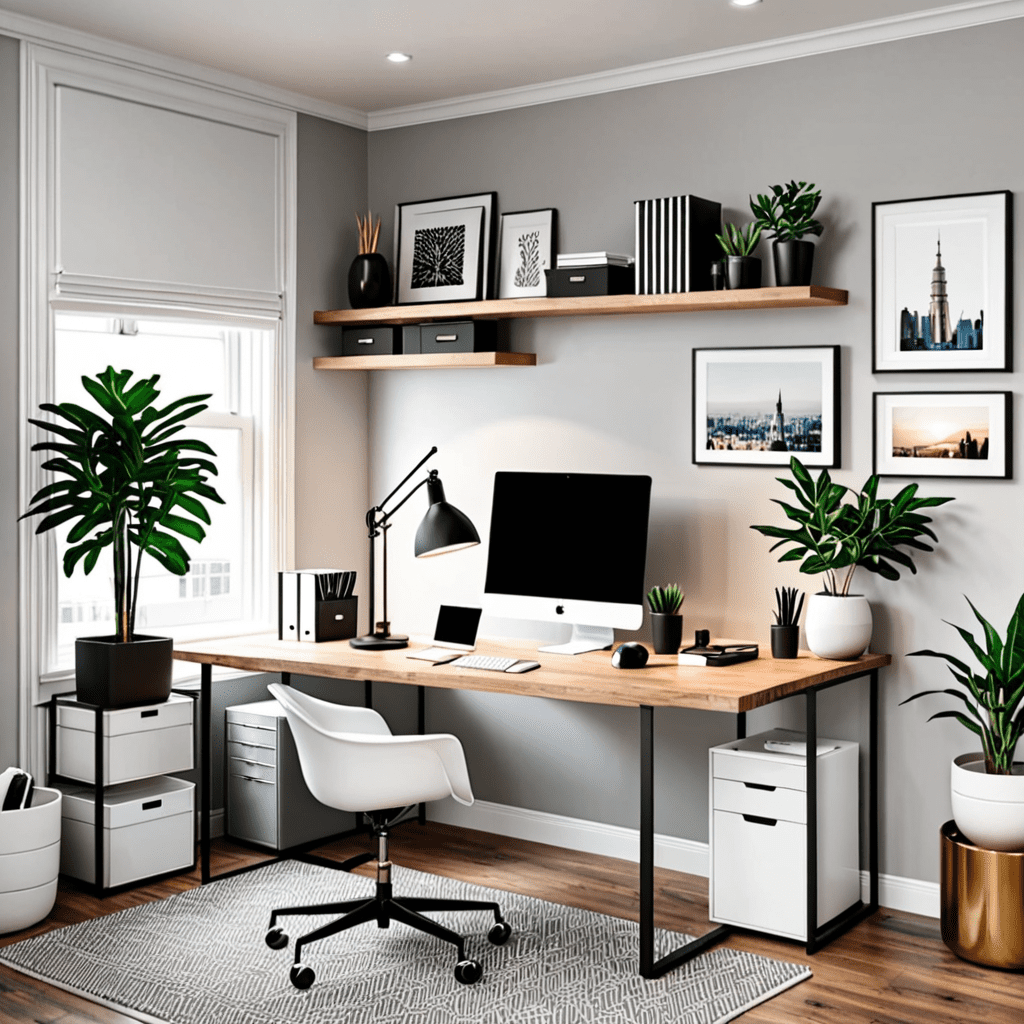Creating Harmonious Interiors with Symmetrical Balance
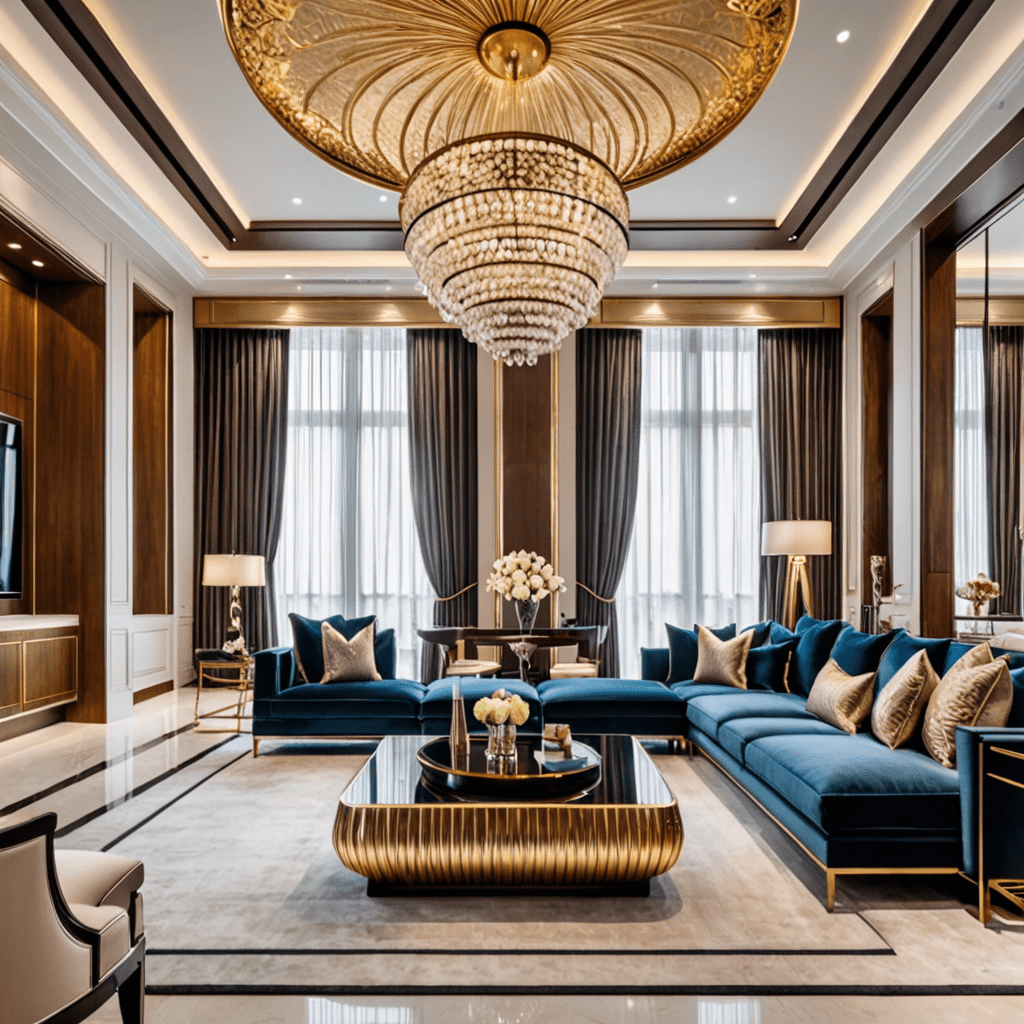

Creating Harmonious Interiors with Symmetrical Balance
In the world of interior design, achieving balance is essential for creating harmonious and visually appealing spaces. One way to achieve balance in design is through the use of symmetrical balance. Symmetry involves arranging elements in a space in a way that creates a sense of visual equilibrium. This technique is often used to bring a sense of order, stability, and elegance to a room. In this article, we will explore the concept of symmetrical balance in interior design and provide tips on how to incorporate it into your own home.
Understanding Symmetrical Balance
Symmetrical balance, also known as formal balance, is the arrangement of elements in a space in a way that creates a mirror image on either side of a central axis. It involves placing similar or identical objects, colors, or patterns in an equal or proportional manner to create a sense of harmony and order.
Symmetrical balance can be achieved in various ways within interior design. The most common approach is bilateral symmetry, which involves mirroring elements on either side of a central axis. Another approach is radial symmetry, where elements radiate outward from a central point. Both techniques create a visual balance that is pleasing to the eye.
Benefits of Using Symmetrical Balance
There are several benefits to incorporating symmetrical balance in interior design:
- Visual stability: Symmetry provides a sense of stability in a space, making it feel calm and organized.
Elegant and classic: Symmetry is often associated with elegance and classic design styles. It can give a room a timeless and sophisticated look.
Creating focal points: Symmetrical arrangements can draw attention to specific areas or objects in a space, such as a fireplace or a beautiful piece of artwork.
Enhanced proportion and scale: Symmetry can help establish proportion and scale within a room, ensuring that elements relate to each other in a balanced way.
Implementing Symmetrical Balance in Your Home
Now that we understand the concept and benefits of symmetrical balance, let’s explore some practical tips for incorporating it into your own home:
1. Use matching pairs of furniture and accessories
One of the simplest ways to achieve symmetrical balance is by using matching pairs of furniture and accessories. This could include placing identical armchairs on either side of a fireplace, adding a pair of identical table lamps to a console table, or hanging two identical pieces of artwork on either side of a window.
2. Create symmetry with architectural elements
Many homes already have architectural elements that can be used to create symmetrical balance. This could include symmetrical windows, columns, or built-in shelving units. By working with these existing features, you can easily enhance the sense of balance in a room.
3. Consider the layout of the room
When arranging furniture and objects in a space, take into consideration the overall layout of the room. Aim for an equal distribution of elements on either side of a central axis. This could involve placing a sofa and coffee table in the middle of the room and matching chairs on either side, or positioning a bed with matching nightstands on each side.
4. Pay attention to color and pattern
Symmetrical balance can also be achieved through the use of color and pattern. Consider using the same colors or patterns on either side of a central axis to create a sense of visual equilibrium. For example, you could use matching throw pillows on a sofa or hang identical curtains on either side of a window.
5. Add mirrors for reflection
Mirrors are a great tool for enhancing symmetrical balance in a room. By strategically placing mirrors across from each other, you can create a sense of depth and symmetry. Mirrors also reflect light, making a space feel brighter and more spacious.
6. Incorporate symmetry in lighting fixtures
Lighting fixtures, such as chandeliers or wall sconces, can be used to create symmetrical balance in a room. Consider choosing fixtures that have a balanced design and placing them symmetrically on either side of a central point or axis.
Frequently Asked Questions (FAQ)
Q: Can I achieve symmetrical balance in an asymmetrical room?
A: While it may be more challenging to achieve perfect symmetrical balance in an asymmetrical room, you can still create a sense of equilibrium by using asymmetrical elements in a balanced manner. For example, you could place different objects with similar visual weight on either side of a central axis.
Q: Is symmetrical balance only suitable for traditional design styles?
A: No, symmetrical balance can be used in various design styles, from traditional to contemporary. It all depends on how you incorporate it into the overall design concept. Symmetrical balance can add a touch of elegance to any style.
Q: Should I strive for perfect symmetry in every room?
A: Perfect symmetry may not always be practical or desirable in every room. It is important to consider the purpose of the space and the overall design aesthetic. Sometimes a sense of balance and harmony can be achieved through a combination of symmetrical and asymmetrical elements.
In conclusion, symmetrical balance is a powerful tool in interior design for creating harmonious and visually pleasing spaces. By understanding the principles of symmetry and implementing them in your home, you can achieve a sense of order and elegance that will transform your living environment. So why not give symmetrical balance a try and see the difference it can make in your own space?
